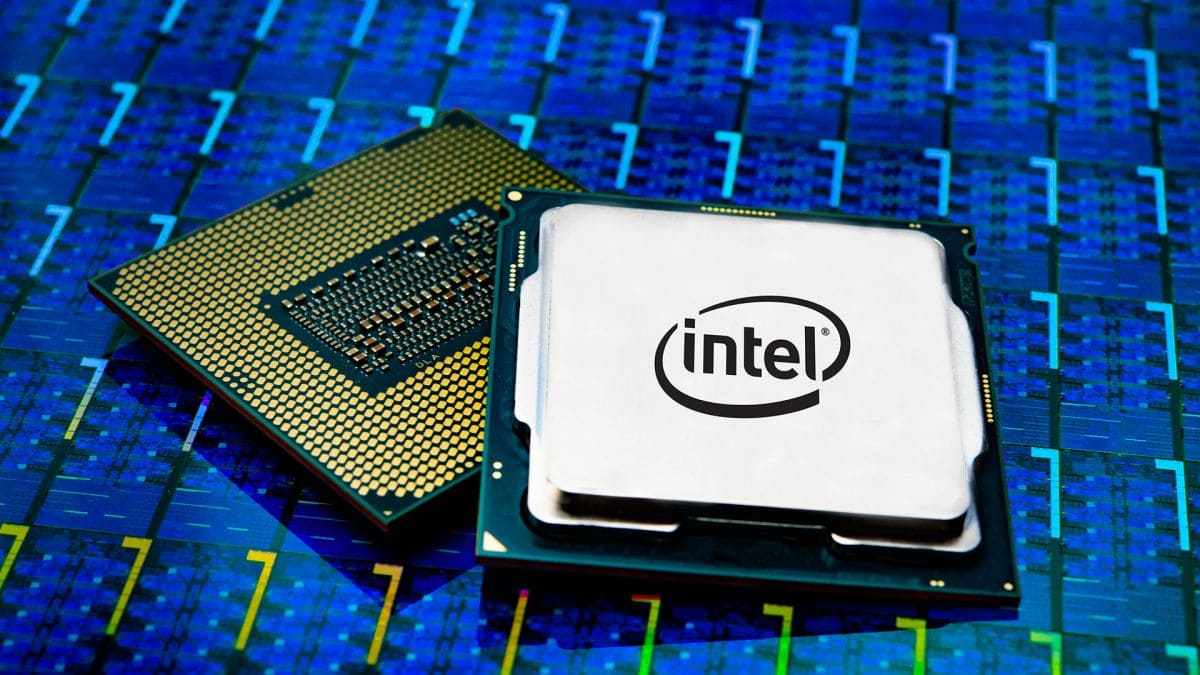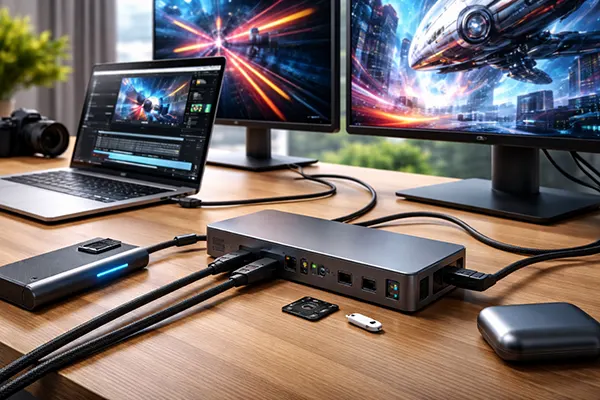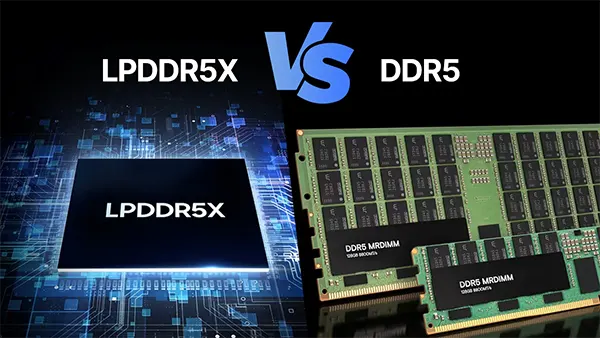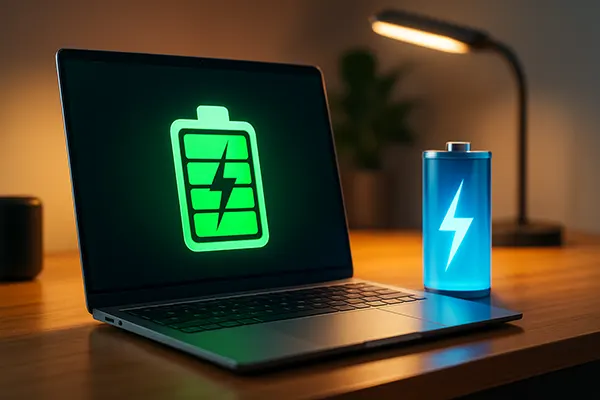
New Intel Alder Lake processors: What was revealed at a private presentation
Intel is still the world’s leading processor manufacturer, but competition in 2022 will be tougher than ever. AMD’s rapid recent growth is reflected in its excellent Ryzen 6000 series, while Apple has successfully moved away from Intel and started using its own silicon.
After last year’s disappointing Rocket Lake range of personal computer processors, Intel was forced to react. That’s exactly what the company did, moving to a new hybrid with significant improvements.
The first Alder Lake chips were unveiled towards the end of 2021, but the last few months have seen Intel showcase its capabilities. Dozens of desktop and notebook processors are now available, including Intel’s new XII generation lineup.
Release details
Intel confirmed the Alder Lake name and some key specifications back in January 2021 at CES, but had to wait until October 27 for any processors to actually be announced. It was the Alder Lake-S series for PCs, but many other chips have also been announced.
A total of 22 new desktop PCs were added to the lineup, as well as mobile chips, divided into three key categories: the H-series (for enthusiasts), P-series (thin and lightweight laptops) and U-series (more affordable devices). Many have already made their way into 2022 laptops, but Intel isn’t done yet.
A new high-performance HX series was announced on 10 May, with new mobile workstations based on it expected in the coming months. During the announcement, Intel teased that more processors could be released before the arrival of the XIII generation Raptor Lake later this year.

Specifications and features
Intel Alder Lake Alder Lake is a significant change from Intel’s traditional silicon. These are new products that go beyond the 14nm process technology. Intel’s desktop processors also have a changed structure to be more in line with the chips on the base.
There is now a combination of cores that offer improved performance and energy efficiency. In essence, the new hybrid should allow devices to maintain proper performance and features for a decent amount of time. In addition, an increase in battery life is provided.
However, there is a nuance. So a new motherboard will be required. Intel’s current Z690 requires an upgraded cooler so that it can support the LG 1700 socket. But support for Wi-Fi 6E and USB 3.2 Gen 2 is provided. Thus, accelerated data transfer is provided.
Thunderbolt 4 is retained. There are also some pretty encouraging signs of a true Alder Lake gaming test I, even if the processor went in tandem with the latest Nvidia RTX GPUs. There was also DDR5 memory present. The latter allowed for marginal performance.
The Alder Lake could achieve a maximum FPS of over 549, averaging over 120 frames per second. However, it is unknown what resolution or settings were used to record these figures. Since their release, there have been some impressive tests of Alder Lake processors, especially the Core i7-12700H.




